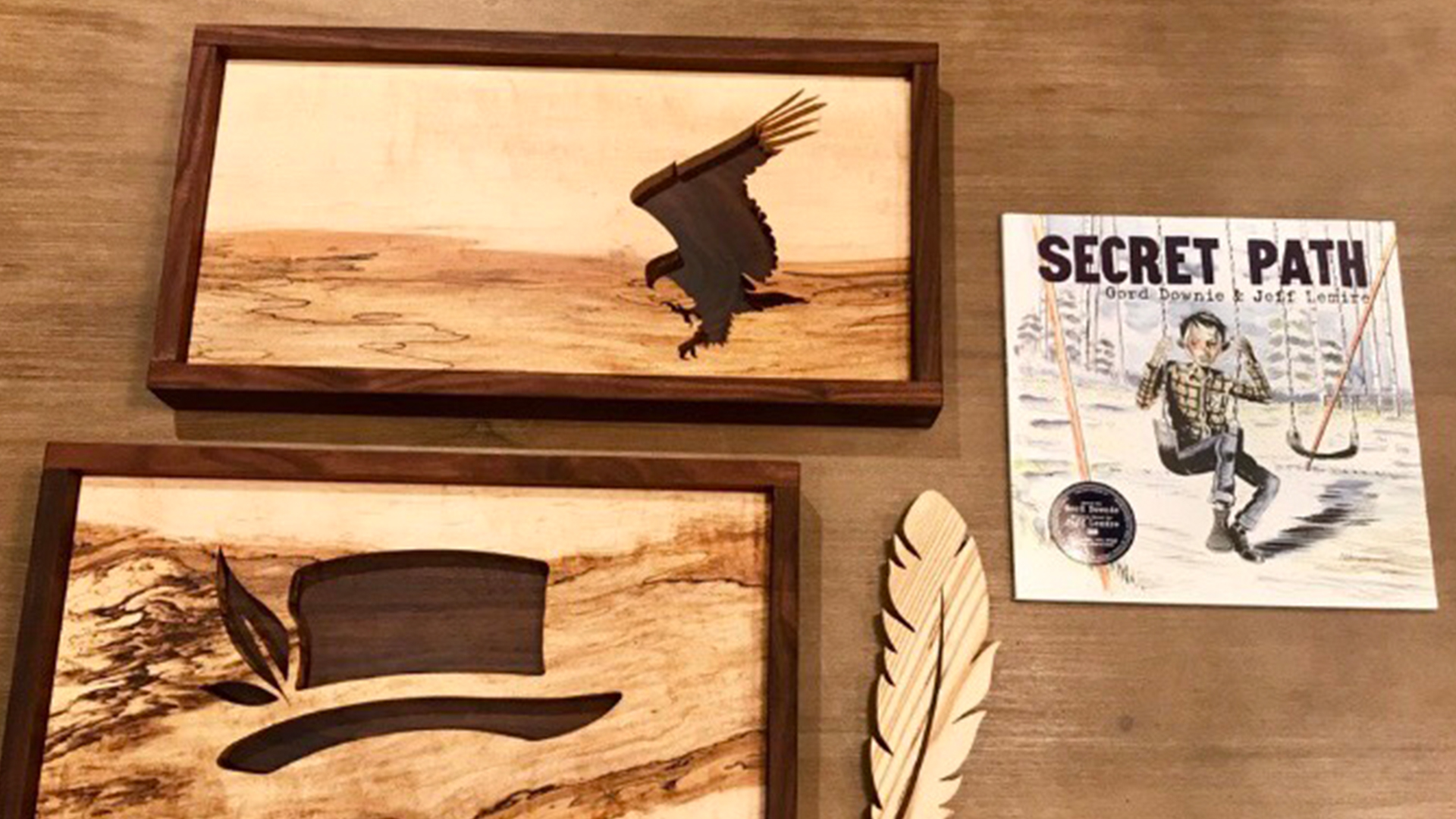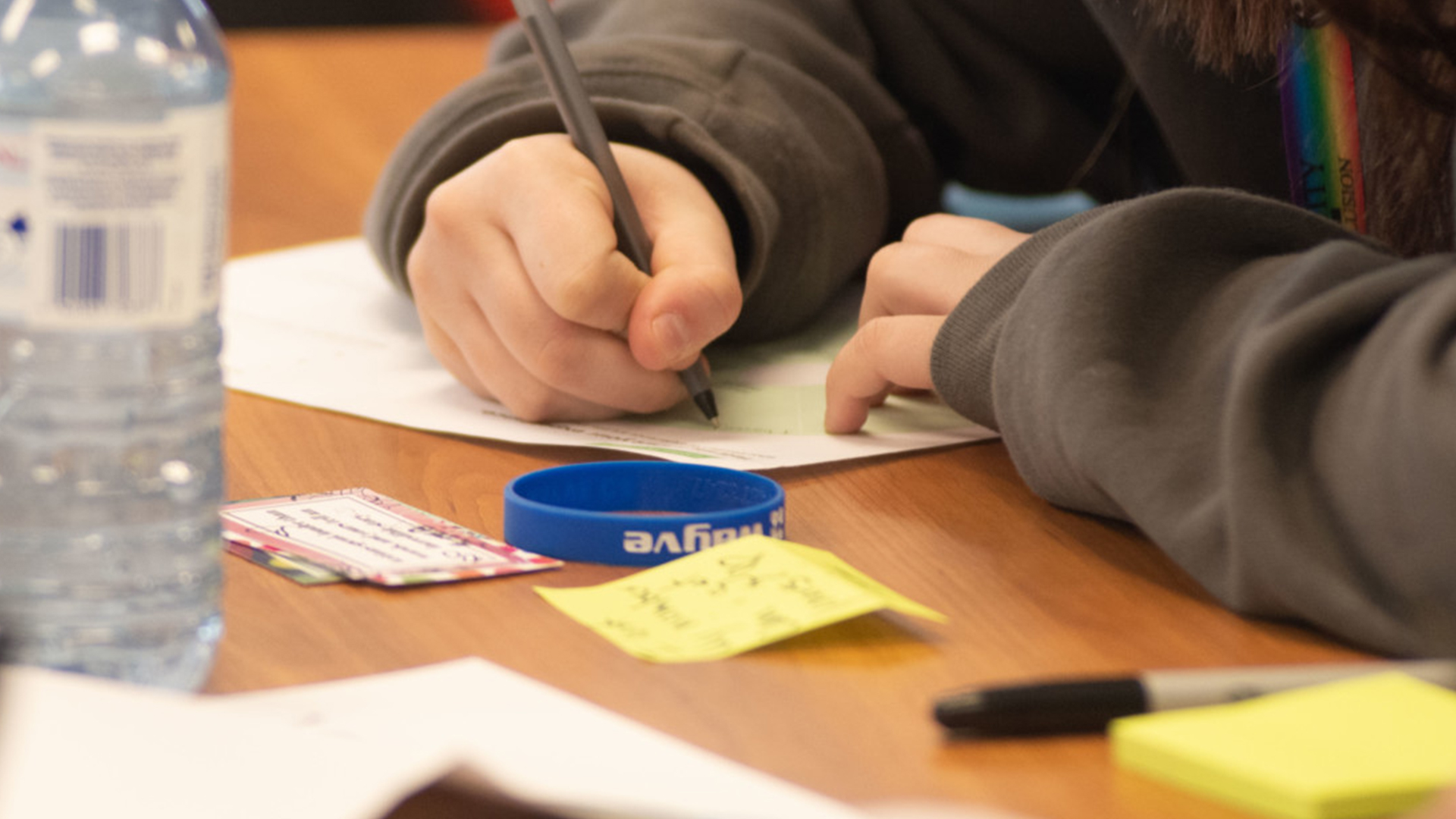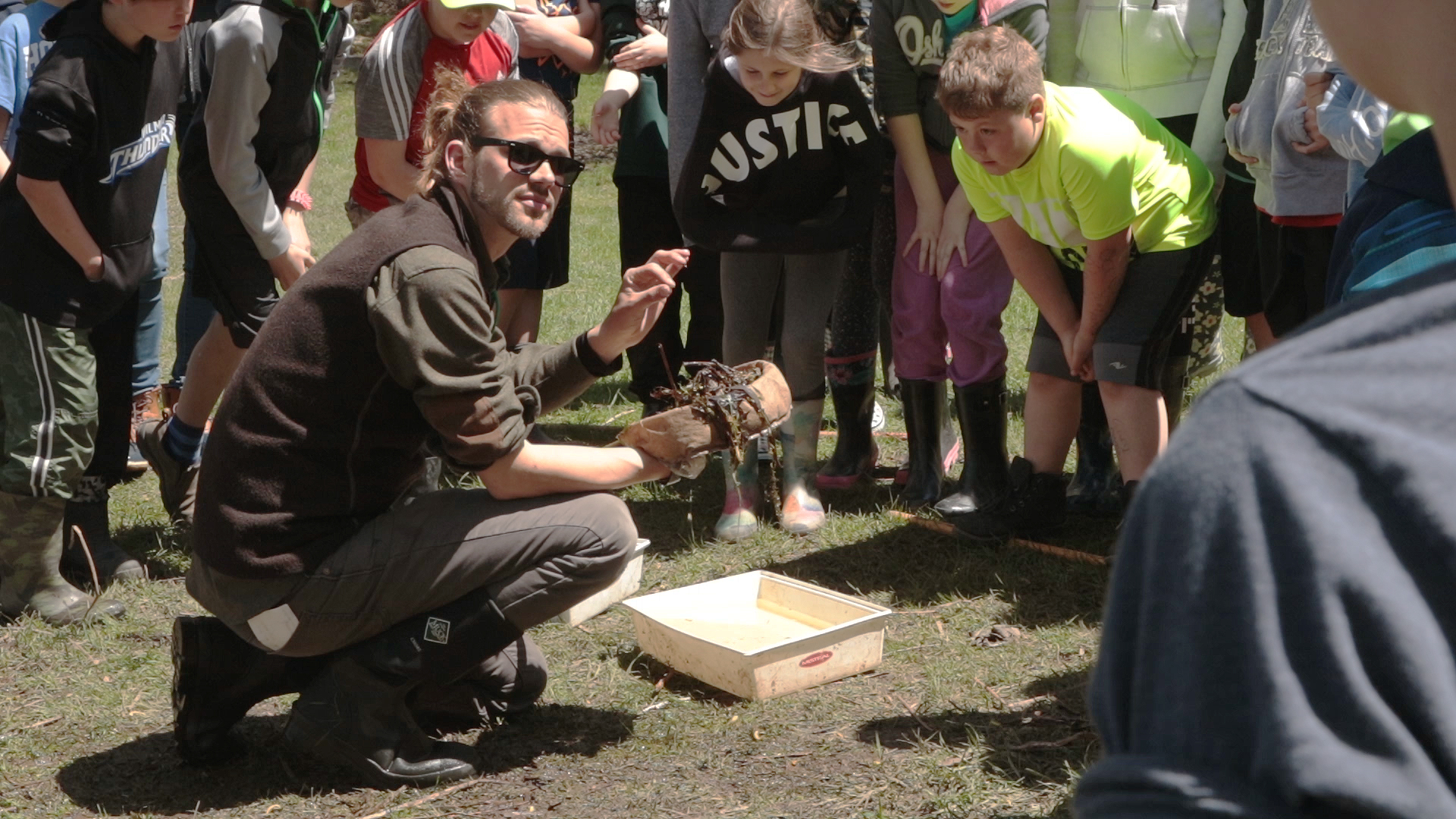
A Teacher’s Personal Path to Reconciliation
In 2019, students in Ed Piva’s Grade 8 class at Linwood Public School studied The Secret Path, learning about the journey Chanie Wenjack took 50 years ago. Chanie Wenjack died at 12 years old while walking the 400 miles home to his family after he was taken away from them and became a student at the Cecilia Jeffrey Indian Residential School near Kenora, Ontario.
For most students in the class, The Secret Path was their first introduction to learning and understanding the residential school system that took place in Canada and the impact they still have on Indigenous communities today.
For Piva, it was important for his students to have context, background knowledge and make connections with their own experiences to deepen their understanding.
Becky, a student in Piva’s class, made a connection to the book If I Just Had Two Wings. The book focuses on a young slave girl named Phoebe, who was born on a cotton plantation in Alabama. Phoebe dreams of having her freedom and leaving behind her life as a slave. She hears of a secret path to freedom and Phoebe and her friend set off on their journey to freedom, just like Chanie. When asked why this was a meaningful connection to make, Becky replied that “we should teach different cultures the same way we teach our own culture. It would help people understand each other more.”
Many students made personal connections to Chanie’s story. “It was easy to make a connection to Chanie because he was only 12,” said Damien, another student in Piva’s class. “We were all 12 at one point, and we know what that is like.” For Angie, watching The Secret Path movie helped her make a connection with Chanie’s experience. “It really touched me when I got to see his experience,” she said. “I kept thinking about what it would be like if someone came to take away one of my siblings. It’s hard to imagine what my parents would do.”
Everyone in the class is learning about truth and reconciliation together. Piva refers to it as seeking reconciliation through curiosity. “The moments we aren’t proud of as Canadians, we bury,” says Piva. “When we unearth them, we all learn as a country. We need to learn it to get better.”
Piva started on his own path towards truth and reconciliation a few years ago. Like many Canadians, The Tragically Hip provided the soundtrack to his life while growing up. It was at a Hip concert in 2016 that Piva first heard about Chanie Wenjack’s story and the work all Canadians must begin as we move towards reconciliation.
While driving to work one day, a flock of ravens blocked the road. Instead of flying away, they walked off of the road. Piva thought it was strange but continued his journey to work. Later that day, while on duty in the schoolyard, he found a black feather on the ground. Curious about the coincidence, Piva looked into possible meanings of finding a feather. One interpretation is that finding a feather is a symbol of a messenger, someone trying to communicate with you.
Piva started making things in his workshop at home; carpentry is something he picked up as a hobby while growing up with his father, who was a carpenter by trade. Piva made three carvings, a feather, an eagle striking the water and a fedora similar to the one worn by Gord Downie. Piva shared his creations on Facebook, where a representative from Rogers Communications came across the photos. Now, Piva’s carving of the fedora is on display in the Legacy Space at Rogers headquarters in Toronto. The Legacy Space is a meeting room dedicated to raising awareness and understanding of indigenous art, history and culture with employees and community members. Piva is one of seven artists from across Canada to have their artwork featured.
Piva’s journey to learning about truth and reconciliation has come full circle now that his students are on the journey with him. “What I do as an educator in school and outside of school should be the same,” he said. “That’s what an educator does. They lead the way.”



